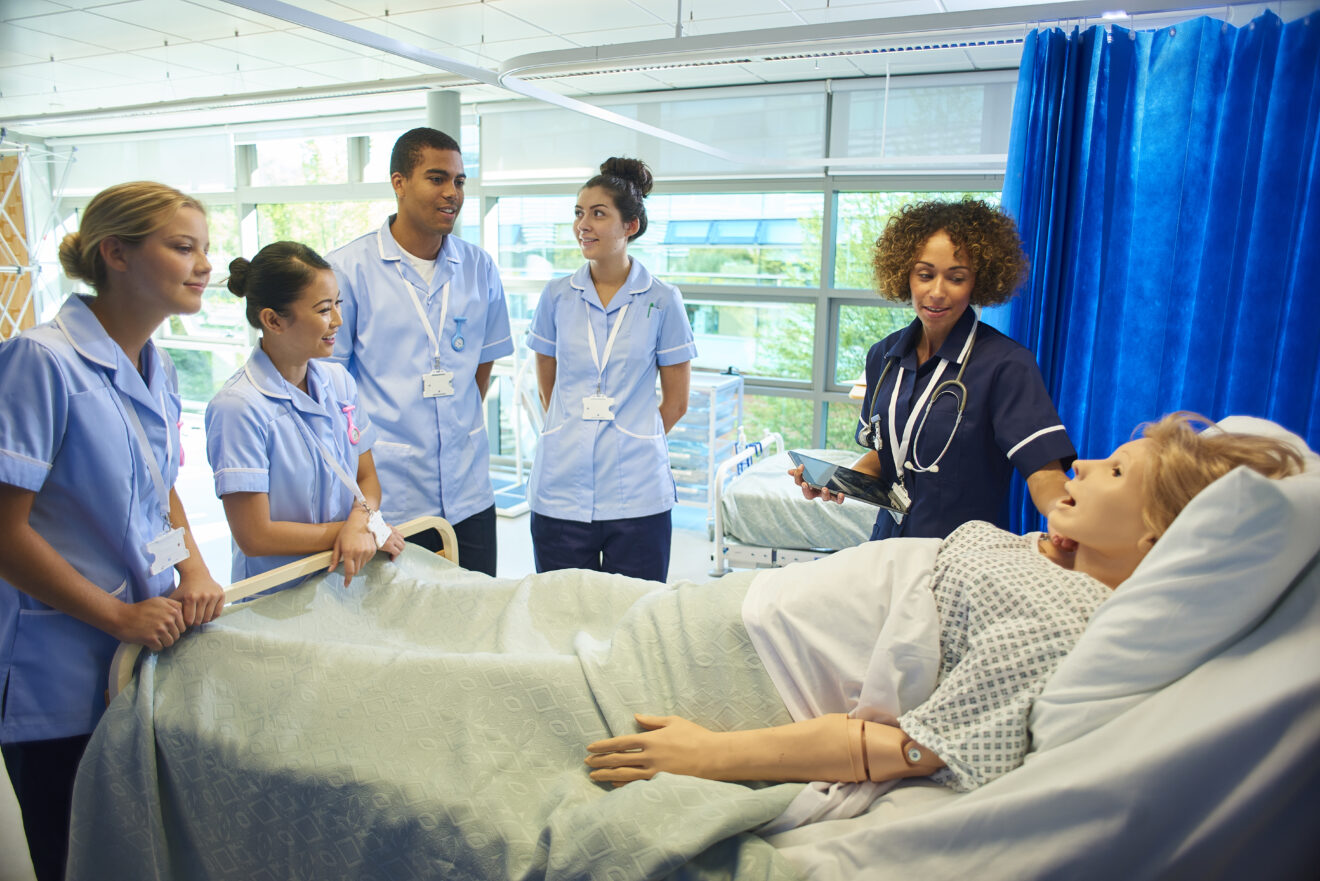There’s a critical nursing shortage that’s only going to get worse unless steps are taken to help candidates more effectively qualify and train for these essential – and rewarding – roles.
There is currently a nationwide shortage of roughly 1.1 million nurses, according to American Hospital Association estimates, and industry experts expect the need for registered nurses to further increase 6% by 2031. In New York alone, a 2023 survey from the Healthcare Association of New York State found that 100% of hospitals in the state reported nursing shortages they are simply unable to fill.
Fortunately, with the help of new technology and some thoughtful legislative action, there are ways to fill the gap.
Last year, New York Gov. Kathy Hochul signed legislation (A3076-A/S447-C) to help combat this shortage – and propel the next generation of highly qualified nursing professionals. Authored by state Sen. Toby Ann Stavisky, the legislation enables nursing degree candidates and the colleges educating them to utilize state-of-the-art medical manikin training technology to complete up to one-third of the required 600 hours of clinical training required, giving them greater depth and sharper patient care insights.
Today, digitally connected medical manikins can mimic the physicality of a live patient, shouting out in pain or reacting to scenarios nurses and doctors will experience in a hospital setting, operating room, labor and delivery room, or pediatric or geriatric ward.
This technology enables instructors to supervise how nurses-in-training react to problems and navigate solutions while skillfully administering patient care.
Far-reaching benefits
Two years ago, Plaza College School of Nursing, which recently received full Commission on Collegiate Nursing Education accreditation, invested heavily into building several of the state-of-the-art training labs that are now being widely embraced by the medical profession.
Locally, the reaction has been so positive that even top New York City hospitals have requested the opportunity to conduct regular patient-interaction training for their younger medical doctors at our campus in Forest Hills, Queens.
The new law was shaped to help even more nursing students in New York train in situations that replicate real-life hospital and patient trauma situations – while still in the safe clinical classroom environment, guided by experienced RNs and medical doctors instructing their learning. An additional benefit is the reduction of mandatory student travel to outside medical facilities to fulfill their study requirements.
That reduction in travel time leads to an even greater societal good – candidates can train and take courses in the neighborhoods where they live. This training convenience will lead to a greater diversification of the nursing workforce, as studies show that nurses of color are more likely to seek roles caring for underrepresented communities. Surprisingly, only 26.4% of RNs in the nation identified as nonwhite, according to 2022 data from the Bureau of Labor Statistics.
By New York broadening accessibility of medical career training programs in both the hospital setting and via new-age simulation labs, it has unlocked new opportunities for not only aspiring nursing applicants across a wider range of socioeconomic backgrounds, but also for shaping careers.
____________________________________
Take advantage of SmartBrief’s FREE email newsletter for critical care clinicians, which is among the company’s more than 250 industry-focused publications.
